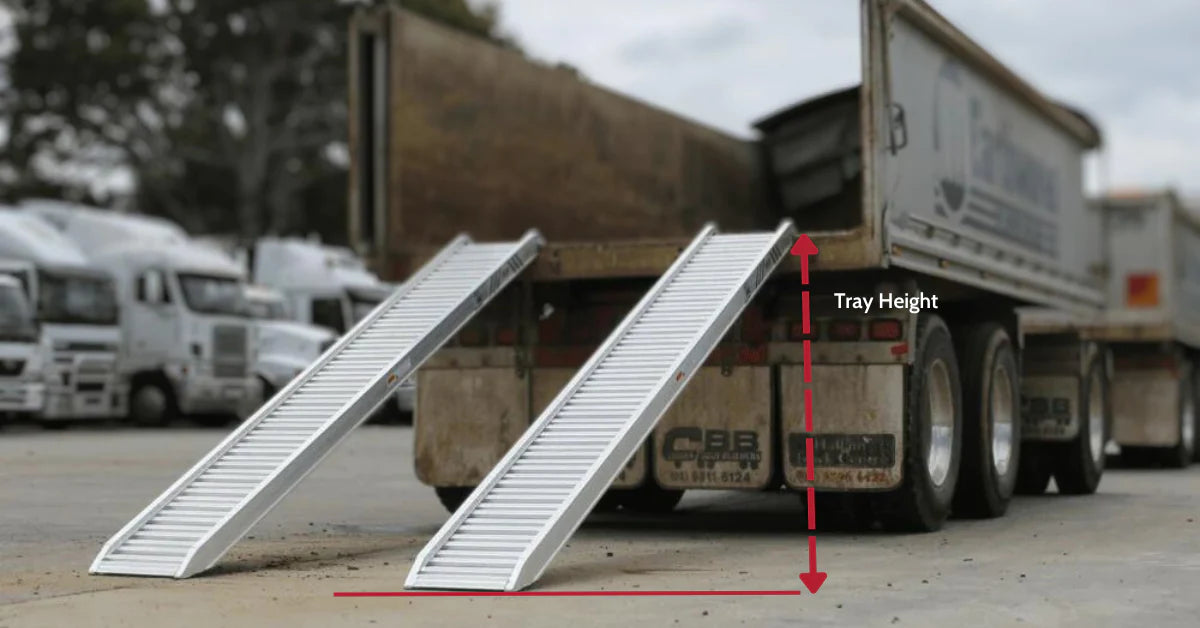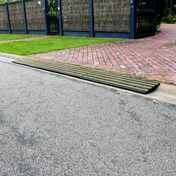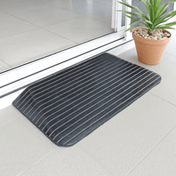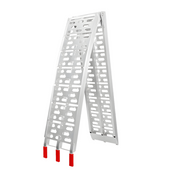When installing a ramp on a vehicle such as a truck or ute, one of the fundamental things you ought to consider is the height of the tray or platform where the ramp will be resting or what is often referred to as "tray height".
The tray height can significantly influence the safety and ease of use of the ramp for various applications.
What is the Tray Height?
The tray height of a ramp refers to the vertical distance from the ground to the top of the tray or platform where the ramp will be positioned. Essentially, tray height can dictate the length and angle of your ramp, crucial factors in determining the usability and safety of your ramp system.
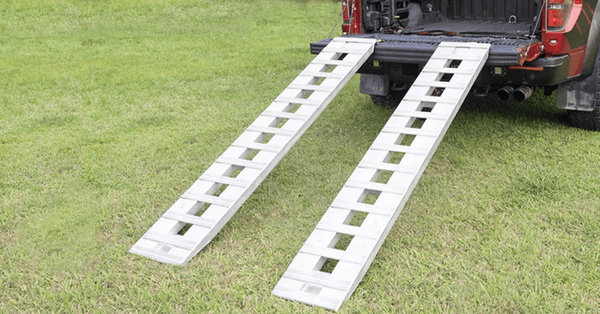
Why Tray Height Matters?
An inadequately estimated tray height might prompt a ramp that is either too steep or too shallow. A ramp that's too steep can make it challenging to load or unload equipment, increasing the risk of accidents. On the other hand, excessively shallow ramps can occupy a lot of space, and they may likewise pose problems for particular types of equipment and wheelchairs.
Determining the Tray Height
To determine the tray height for your ramp:
- Take a measuring tool, such as a tape measure.
- Position the end of the tape measure on the ground where the base of the ramp will be placed.
- Extend the tape measure to the top of the tray or platform, making sure it's level.
- The measurement taken is the tray height which is typically recorded in inches or centimeters.
Ensuring Safety and Usability
With your tray height determined, you can then make an informed choice about the length and capacity of your ramp. Select a ramp that offers the safest and most manageable slope for your specific use. This will essentially depend on the kind of equipment or vehicle used on the ramp, weight capacity, and personal comfort levels.
By clearly understanding your tray height, you can best accommodate the needs of the individual or equipment using the ramp. Whether it's for a wheelchair, loading a truck, or moving heavy equipment, using the correct tray height is an integral part of designing a safe and efficient ramp system.

